PHOTO:Cindy Sherman
 Cindy Sherman is widely recognized as one of the most important and influential artists in contemporary art. Throughout her career, she has presented a sustained, eloquent, and provocative exploration of the construction of contemporary identity and the nature of representation, drawn from the unlimited supply of images from movies, TV, magazines, the Internet, and art history.
Cindy Sherman is widely recognized as one of the most important and influential artists in contemporary art. Throughout her career, she has presented a sustained, eloquent, and provocative exploration of the construction of contemporary identity and the nature of representation, drawn from the unlimited supply of images from movies, TV, magazines, the Internet, and art history.
By Dimitris Lempesis
Photo: Metro Pictures Archive
For her latest body of work, Cindy Sherman has transformed herself into an extraordinary cast of androgynous characters, expanding her career-long investigation into the construction of identity and the nature of representation. The enigmatic figures pictured in the ten new photographs on view are dressed primarily in men’s designer clothing and are posed gallantly in front of digitally manipulated backgrounds composed from photographs Sherman took while traveling through Bavaria, Shanghai, and Sissinghurst (England). Each character draws the viewer in with their unique style, immediate eye contact and steely gaze. Renowned for her depictions of female stereotypes, Sherman has played with masculinity and gender expression before. In a series referred to as “Doctor and Nurse” Sherman became both a male and female character, embodying stereotypical mid-century professional archetypes. In the “History Portrait” series, Sherman became both male aristocrats and clergymen. In her more recent clown series, the artist donned layers of face paint and shapeless costumes, eliminating the question of gender for many of the characters. Although her parents shared a general disinterest in the arts, Cindy Sherman chose to study art in college, enrolling at the State University of New York, at Buffalo, in the early 70s. Sherman studied in Buffalo from 1972-76, she began as a painter, but she quickly found herself frustrated by what she considered certain limitations of the medium. Sherman has said that she felt that “There was nothing more to say (through painting). I was meticulously copying other art and then I realized I could just use a camera and put my time into an idea instead”. Sherman shifted her attention to photography. Although initially failing a required photography class, she later elected to repeat the course, which ignited her passion for the subject. During her studies, Sherman met fellow artists Robert Longo and Charles Clough, with whom she co-founded Hallwalls Center for Contemporary Art in 1974. In 1975, while still attending college, Cindy Sherman created her first series of five photographs entitled, Untitled A-E. Within these first photographs, Sherman attempts to alter her face with makeup and hats, attempting to take on different personas, such as a little girl in Untitled D, and a clown in Untitled A. During her studies, Sherman was exposed to Conceptual art and other progressive art movements and media under the widely influential art instructor, Barbara Jo Revelle. Upon graduation, Sherman moved to New York City to pursue her artistic career. In 1977, with her downtown residential and studio loft as her primary backdrop, Sherman began taking a series of photographs of herself, a project she would eventually refer to as the “Untitled Film Stills”. In this series, Sherman embodies the character of “Everywoman”. Re-fashioning herself repeatedly into the guise of various female archetypes, Sherman played the girly pin-up, the film noir siren, the housewife, the prostitute, and the noble damsel in distress. The black-and-white series occupied her for about three years, so that by 1980 Sherman had virtually exhausted a myriad of seemingly timeless cliches referring to the “feminine”. She has said “Everyone thinks these are self-portraits but they aren’t meant to be. I just use myself as a model because I know I can push myself to extremes, make each shot as ugly or goofy or silly as possible”. With the debut of Untitled Film Stills, Sherman secured her position in the New York art world, leading to her first solo show at the non-profit exhibition space, The Kitchen. Shortly after, she was commissioned to create a centerfold image for Artforum magazine. Photos of a pink-robe-clad Sherman were ultimately deemed too racy by editor Ingrid Sischy and rejected. There is no knowing whether a subsequent series shot from 1985 to 1989, Disasters and Fairy Tales was in some sense a response to that act of rejection, but, notably, it is a much darker endeavor than its prettified predecessor. Its gloomy palette and scenes strewn with vomit and mold challenged viewers to find beauty in the ugly and the unqualified grotesque. Sherman’s next series took on the hallowed subject of the art tableau. History Portraits again presented Sherman-as-model, but this time she assumed the air of European art history’s most famous “Leading ladies”. Living in Europe at the time of its creation, Sherman drew inspiration from the West’s great museums Sherman’s next career move was to a raunchy pornographic depiction of individuals called the Sex Pictures. Using mannequins and body parts form medical catalogues, she constructs hybrid dolls. Rather then showing the dolls having sex, Sherman proudly shows the sex. Sherman created these works in response to the controversy over the National Endowment for the arts and the debates over the constitute obscenity in the arts.
Info: Metro Pictures, 519 West 24th Street, New York, Duration: 26/9- , Days & Hours: Mon-Sat 11:00-19:00, Open By Appointment (Click Here to Schedule Your Visit), www.metropictures.com
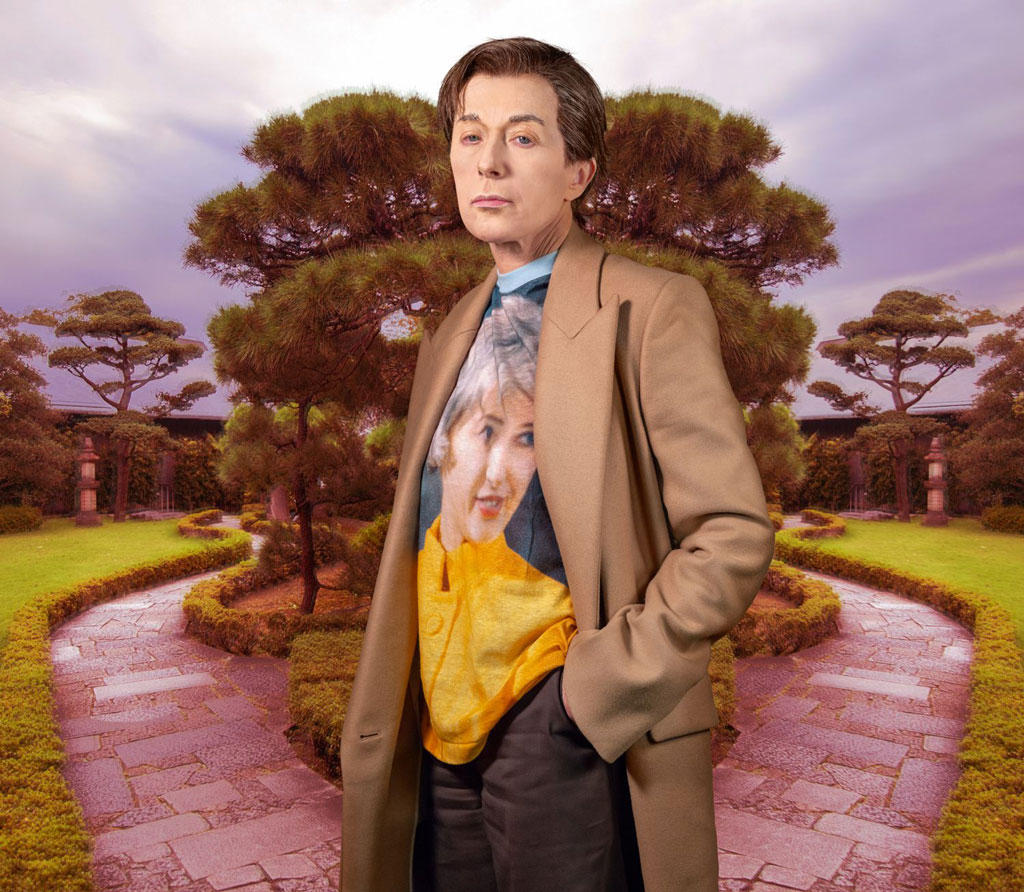

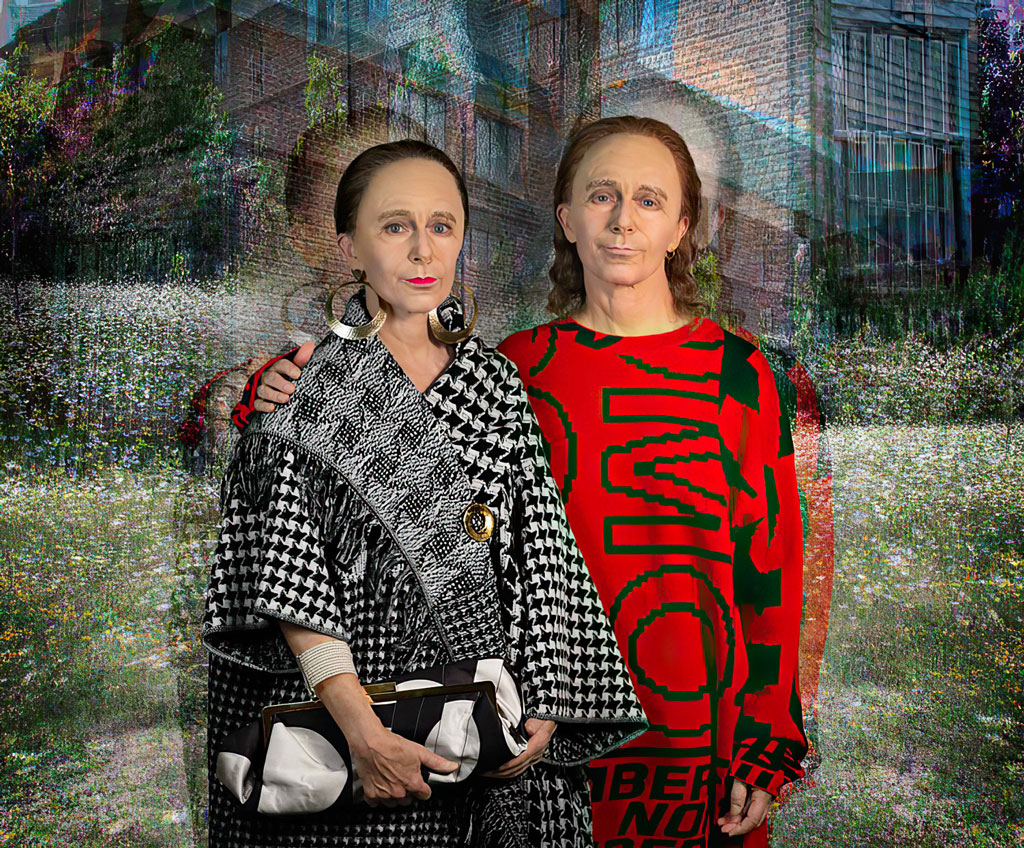
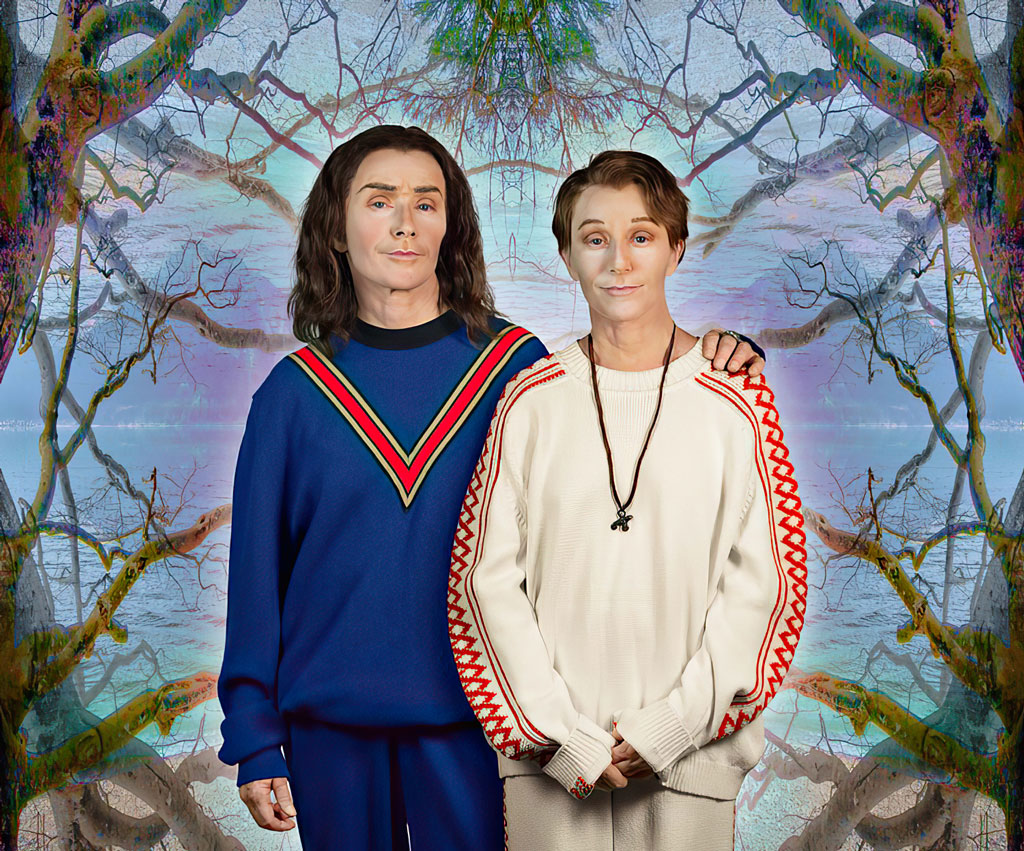
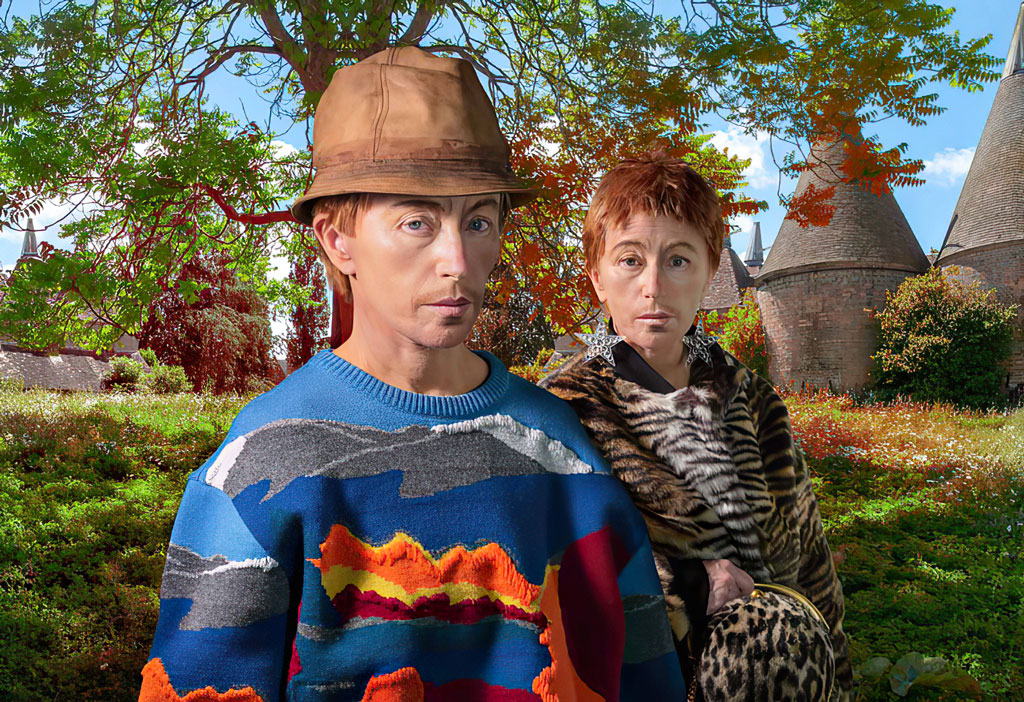
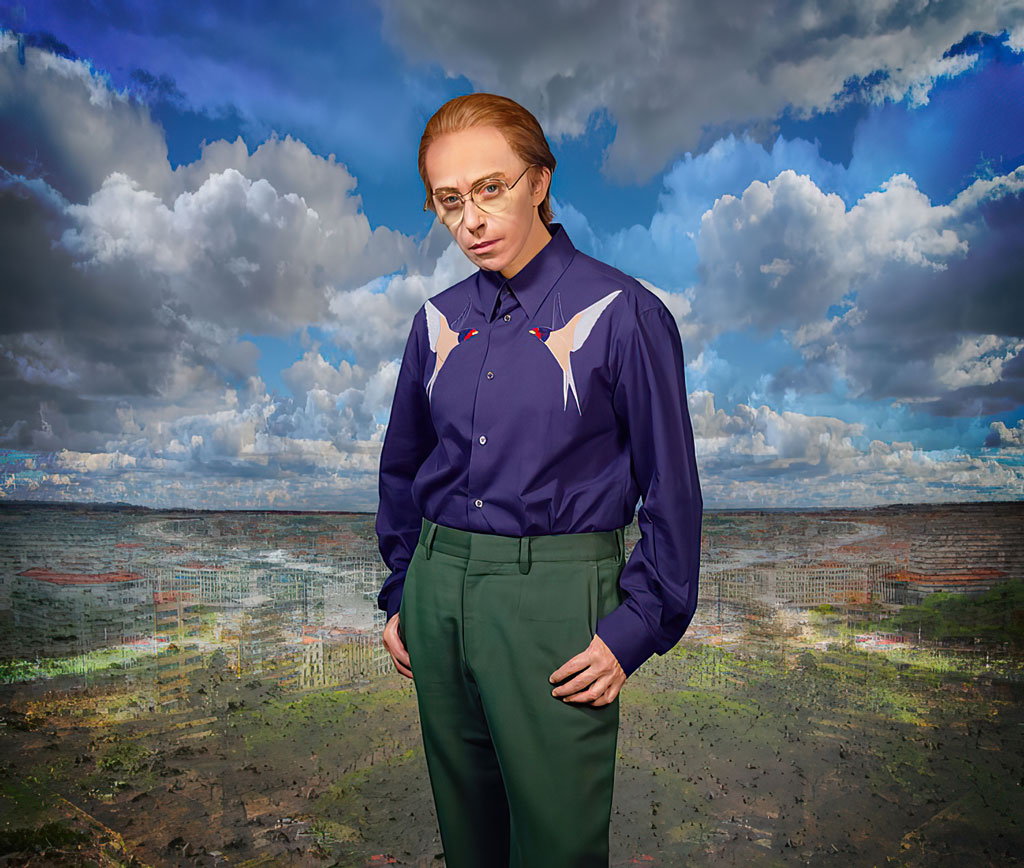
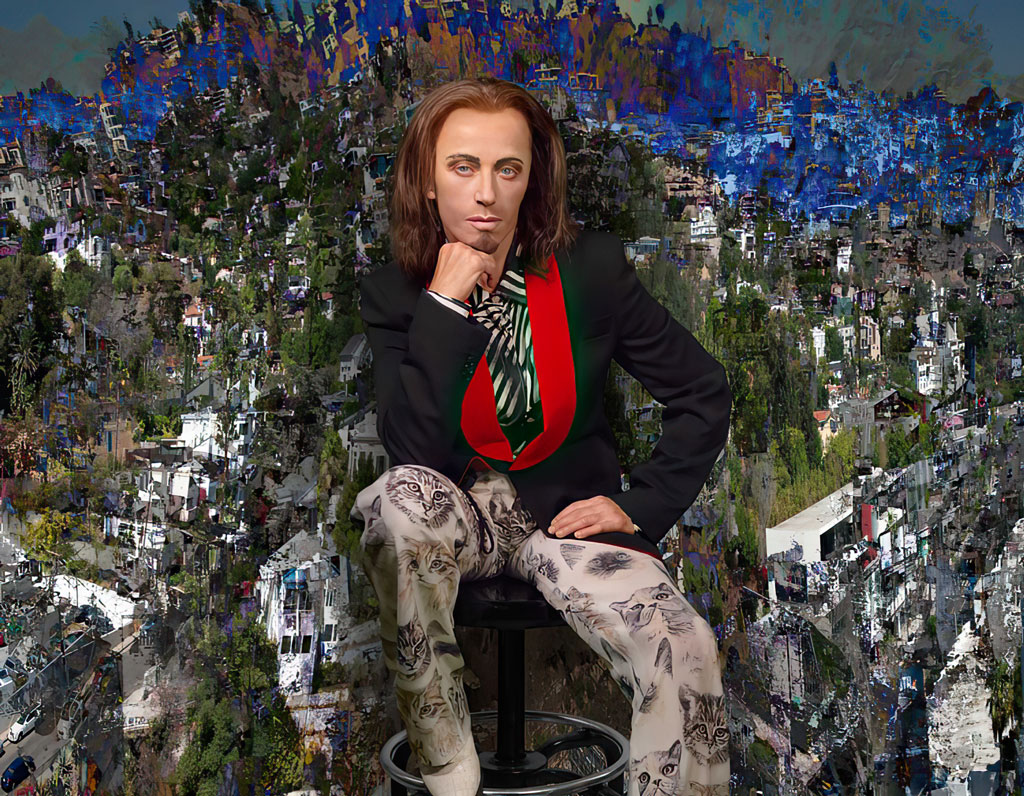
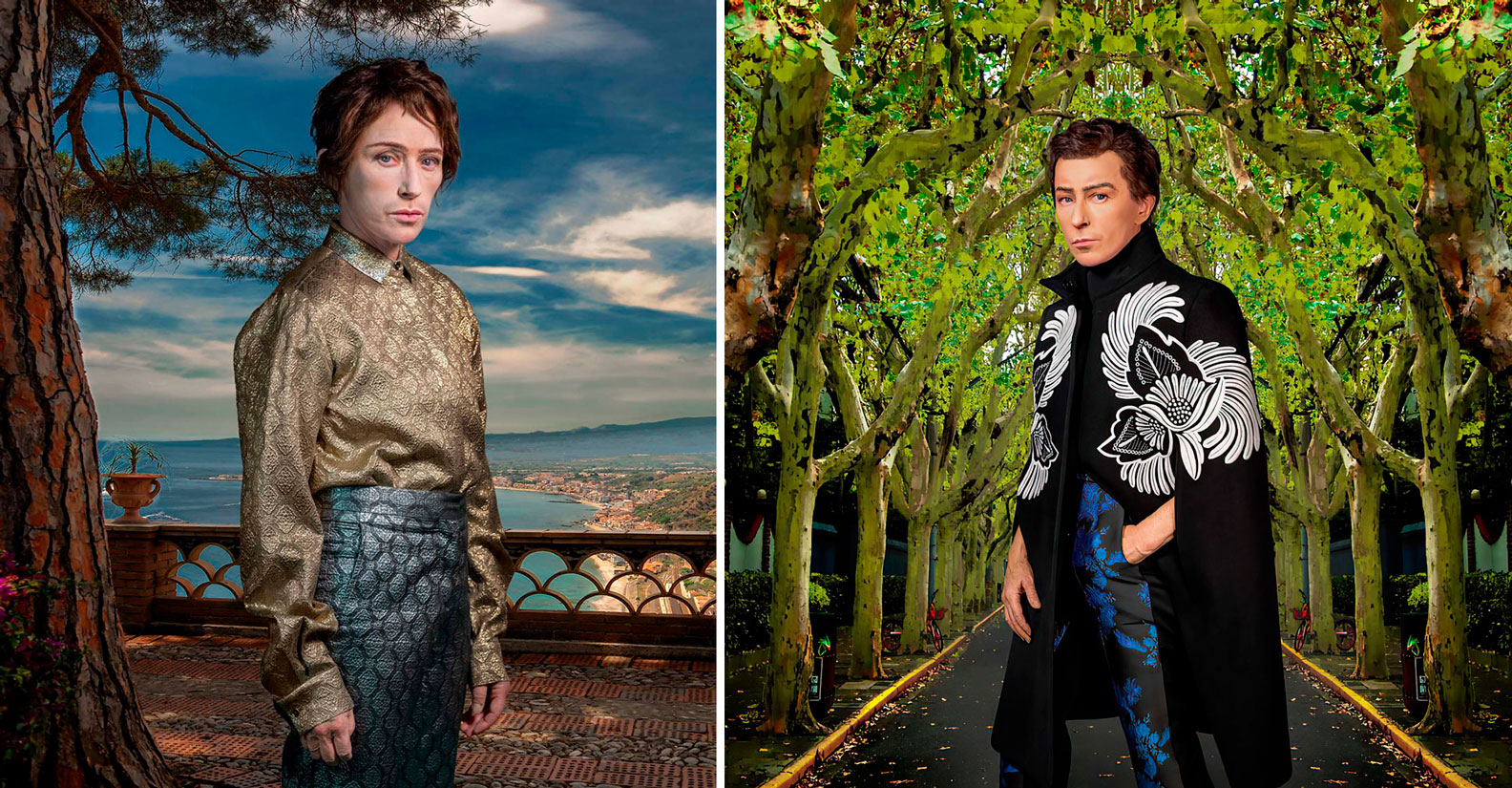
Right: Cindy Sherman, Untitled, 2019, Dye sublimation print, 231.1 x 231.1 cm image, 243.8 x 243.8 cm, (frame), Edition of 6, 1 AP, © Cindy Sherman, Courtesy the artist and Metro Pictures
